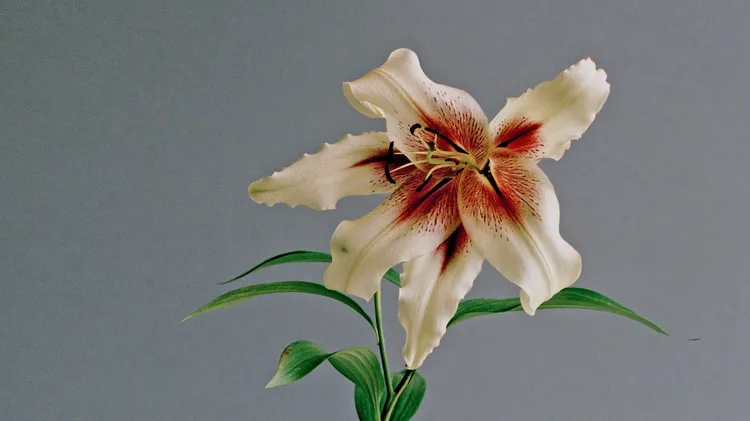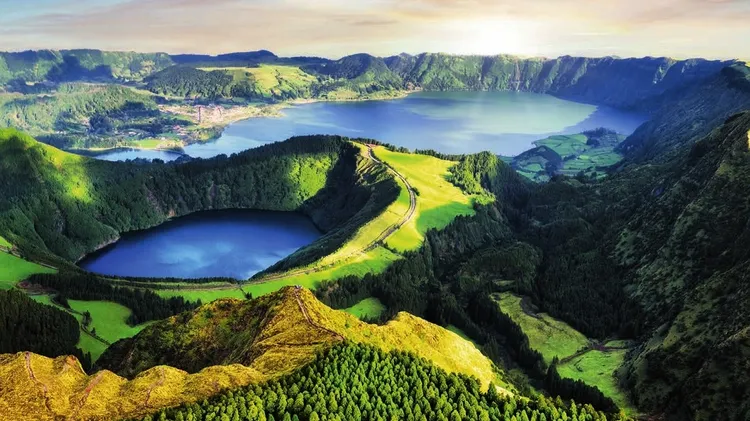Artist Angie Lewin explains her collaboration with writer Christopher Stocks on Th
Wild things
3 min read
This article is from...
Read this article and 8000+ more magazines and newspapers on Readly






